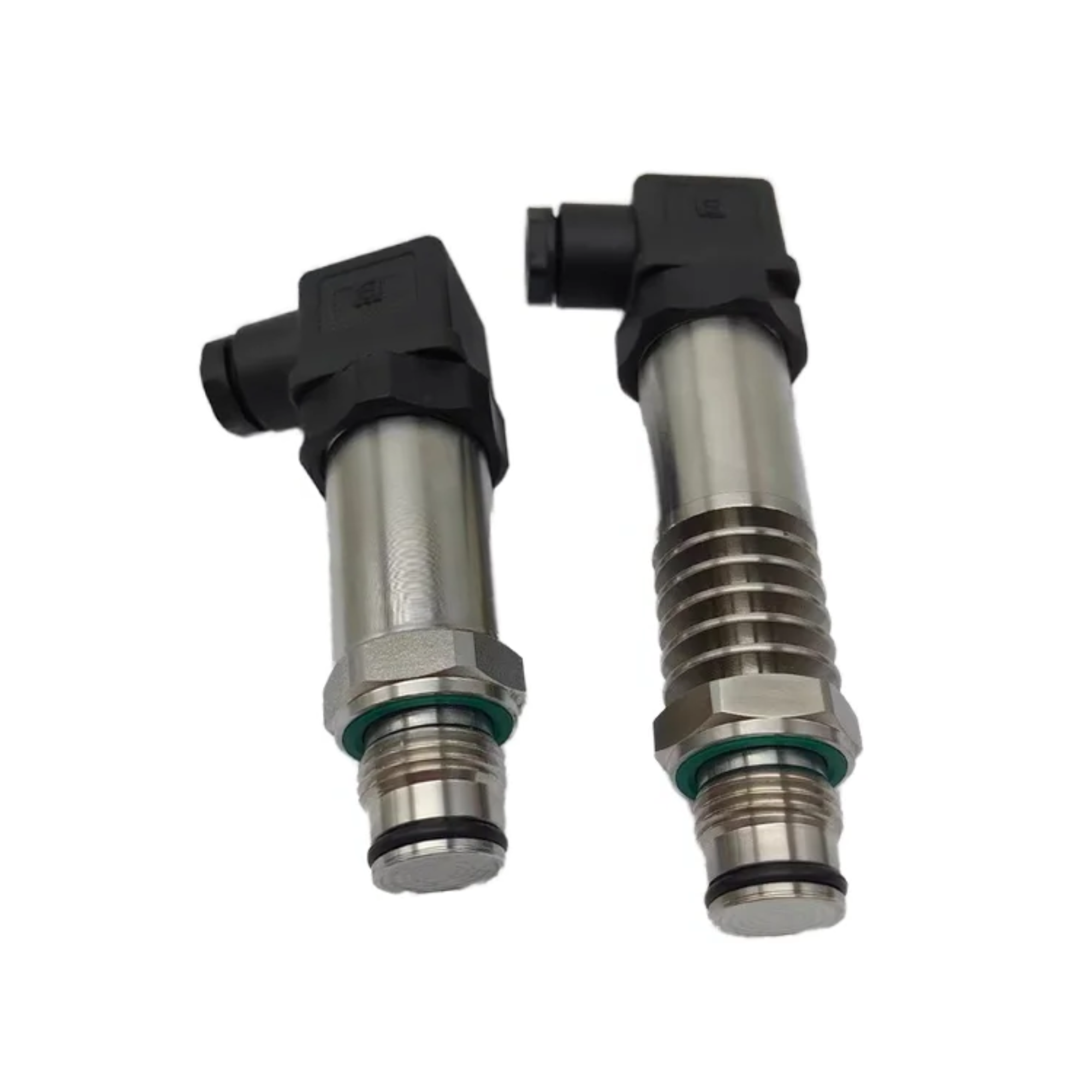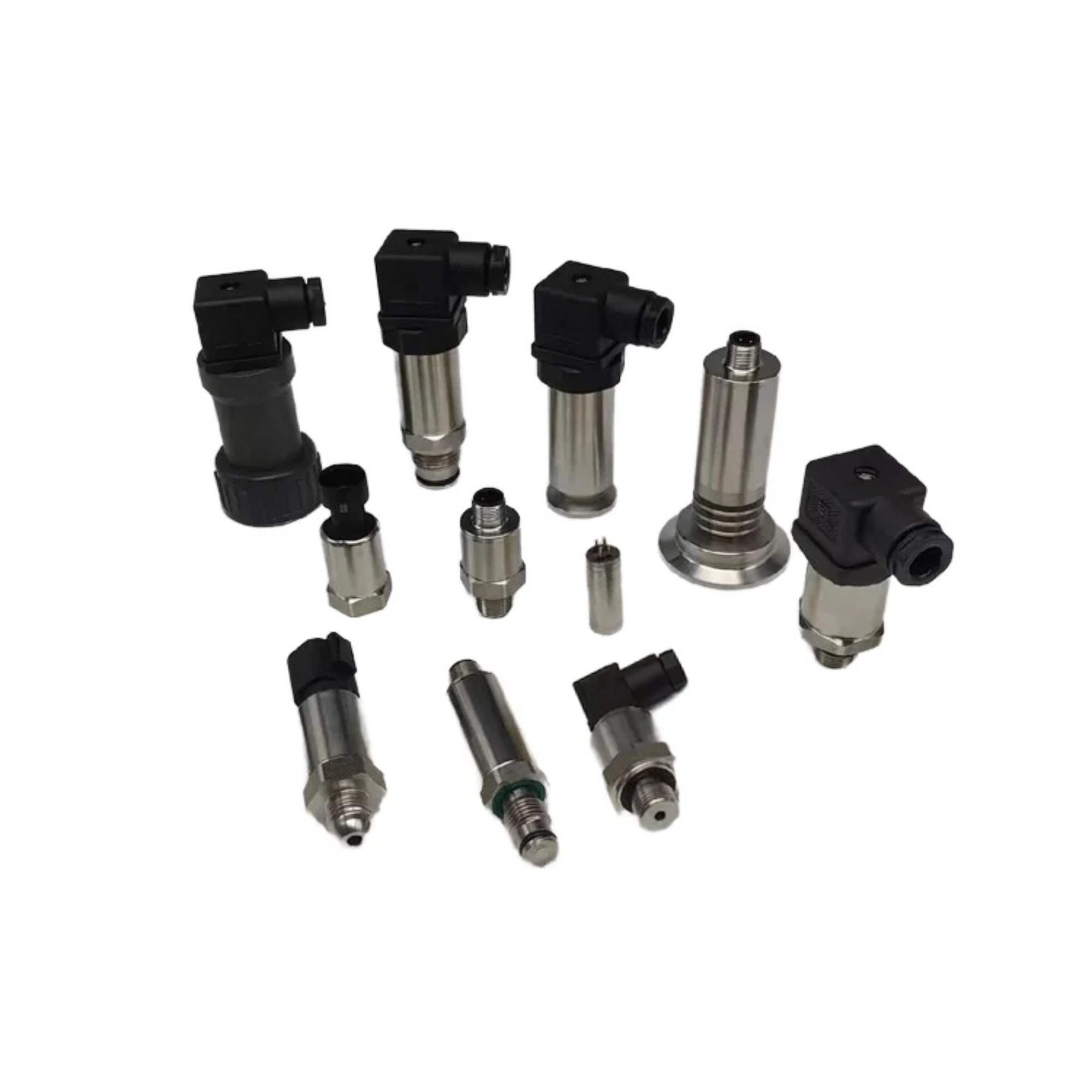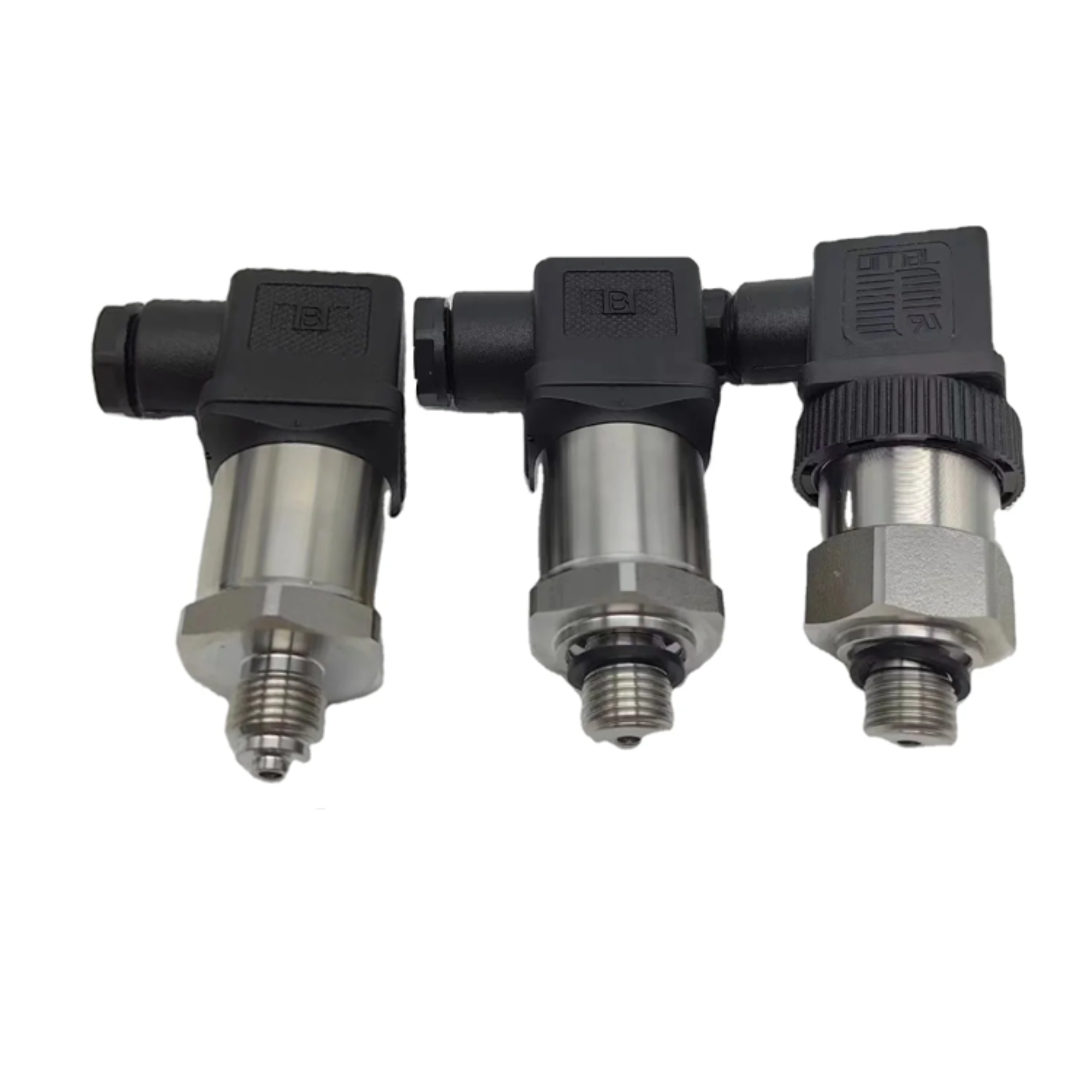Kryogena tryckgivare är ett viktigt verktyg i miljöer med ultralåga temperaturer
Att ge sig in i kryogenikens spännande värld leder oss djupt in i extrem kyla där material och gaser beter sig annorlunda, vilket kräver en helt ny nivå av precision. Med temperaturer som sjunker långt över noll (vattens fryspunkt för framtida undervattenskryogena brunnar, kan dessa sensorer bli avgörande instrument. De minskar snabbt i storlek och blir allt mer avancerade, de är tekniska underverk som har möjliggjort många avgörande operationer inom allt från rymdutforskning till bevarande av biologiska prover eller forskning om supraledning på grund av deras förmåga till exakt mätning och kontroll även under extrema kalla förhållanden.
Tillämpningar med ultralåga temperaturer - Skyddar säkerhet och effektivitet genom att reglera trycket, där precision är viktigast. Bland de många kritiska systemen som styrs vid ultralåga temperaturer är tryck. I applikationer som lagring av flytande naturgas, vilket är sant även vid minsta tryckavvikelse kan orsaka säkerhetsrisk eller förlust av produkt. Dessa givare är avgörande för att säkerställa stabil kylning av supraledande magneter i högenergiexperiment i anläggningar som använder partikelacceleratorer och bedriver forskning som bryter ny mark. Det faktum att de fungerar pålitligt ner till nästan absolut noll visar hur viktiga dessa enkla fyrkantiga enheter kan vara för att upprätthålla integriteten hos en operation i en fientlig miljö.

Industriella processer har förändrats med introduktionen av toppmoderna kryogena sensorer_definition_101. Framsteg inom materialvetenskap har lett till utvecklingen av sensorelement som framgångsrikt kan fungera under denna extrema kyla utan att offra mätnoggrannhet eller hållbarhet. Många av dessa givare använder material som Inconel eller keramiska piezoelektriska element, som är designade för att vara motståndskraftiga mot hög värme och termisk sammandragning. Med hjälp av sensorer är realtidsövervakning och slutna styrsystem tillgängliga för att säkerställa maximal effektivitet i processer som leder till lägre energiförbrukning samt förbättrad produktivitet. Dessa sensorer används i kryogen frysteknik som används för att snabbt frysa produkter, till exempel livsmedelsbearbetning (för bättre bevarande av näringsvärdet och färskheten) jämfört med traditionella metoder.

Nya kryogena tryckteknologier har satt en ny standard för vad som är möjligt, med flera nya tekniker och konstruktioner som pressar höljet. En anmärkningsvärd utveckling är användningen av fiberoptiska sensorer som skickar data som ljussignaler snarare än elektriska signaler, vilket eliminerar möjliga gnistrisker i potentiellt explosiva miljöer. Dessa sensorer ger också immunitet mot elektromagnetiska störningar, vilket möjliggör exakta Pozyx-mätningar i elektriskt bullriga miljöer. Framsteg med trådlösa givare möjliggör enkel installation i fjärranslutning eller svåra miljöer och möjliggör säker övervakning utan att riskera människoliv. Drivs av Bluetooth, Wi-Fi eller proprietära trådlösa protokoll hjälper dessa sensorer datatillgänglighet i realtid vilket resulterar i förbättrad drifteffektivitet och säkerhet.

Utan tvekan måste precisionen i kryogentrycksmätning vara helt exakt eftersom små avvikelser kan ge avvikande resultat eller till och med orsaka skador på verktyg. Dessa kan vara temperaturkompensationsalgoritmer och drift vid låga temperaturer, hela vägen ner till kryogena sensorer. Enheterna genomgår omfattande kalibreringsprocesser med speciella standarder som säkerställer hög prestanda under kryogena förhållanden. En del av modellerna inkluderar dubbelsensorinnovation, där den ena innebär vikt och den andra på miljötemperaturarbete för att tvinga fram dynamisk förändring precis som lön. Genom att använda detta dubbla tillvägagångssätt förbättras vår mättillförlitlighet avsevärt, vilket gör att våra kritiska system kan fungera säkert och effektivt.
har 3000 kvadratmeter tillverkningsanläggning sex produktserier, 40 produkttyper samt mer än kryogena tryckgivare modeller som använde områden som halvledare vatten, miljöskyddsmetaller, petroleum, naturgas, medicin, livsmedel.
kryogena tryckgivare artiklar Företaget inkluderade tryckgivare vätskenivågivare. Gasanalysatorer, termoelement samt vattenkvalitetsanalytiker erbjuds.
Företaget fick certifieringar bland annat ISO9001, CE, SGS SGS. innehar flera patent, som magnetiska sugsensorer, kryogen tryckgivare, samt högtemperaturutrustning som analyserar vattenkvalitet som skyddas av oberoende immateriella rättigheter.
Universitet, forskningsinstitut, kryogena tryckgivare baserade teknologier huvudklienter till vår flödesmätare. De tillhandahåller tjänster mer 20,000 60 kunder över hela världen exporterar mer XNUMX länder
Kryogena tryckgivare har bevisat sin förmåga i en mängd industrier, inklusive flyg- och bioteknik, vilket bevisar att de kan påverka eller anpassas till praktiskt taget alla områden. Dessa instrument övervakar bränsletanktrycket i realtid för raketer och rymdfarkoster i rymduppdrag före uppskjutning (förlansering) och under flygning. De används i biomedicinsk forskning för att hålla kryokonserveringsenheter under reglerade förhållanden för långsiktigt bevarande av ovärderliga biologiska prover. De är också anställda inom energisektorerna för att hantera flytande gaser att lagra och distribuera. De är också en nyckelspelare inom kvantberäkningsområdet som utvecklas, där att upprätthålla sträng kontroll över naturen vid kryogena temperaturer avgör om qubits förblir i drift eller inte. Det faktum att kryogena tryckomvandlare är lika breda i sin tillämpning, understryker bara ytterligare betydelsen av dessa enheter för att vägleda vetenskap och industri till nya horisonter.
Sammanfattningsvis är kryogena tryckgivare värdefulla tillgångar i vår dykning och hantering av humaniora med ultralåg temperatur. Allteftersom tekniken går framåt kommer dessa enheter bara att bli bättre och kraftfullare, och erbjuda oöverträffad potential på gränserna för forskning inom grundläggande vetenskap och inom industrin. Genom fortsatt innovation och förbättring av prestanda kommer kryogena tryckomvandlare att fortsätta vad de är designade för i utvecklingen av längre, djupare, kallare resor - över eoner av tid till gränser mer exakt än tidigare.
Copyright © Weibao Information Technology (Shanghai) Co,Ltd. Alla rättigheter reserverade